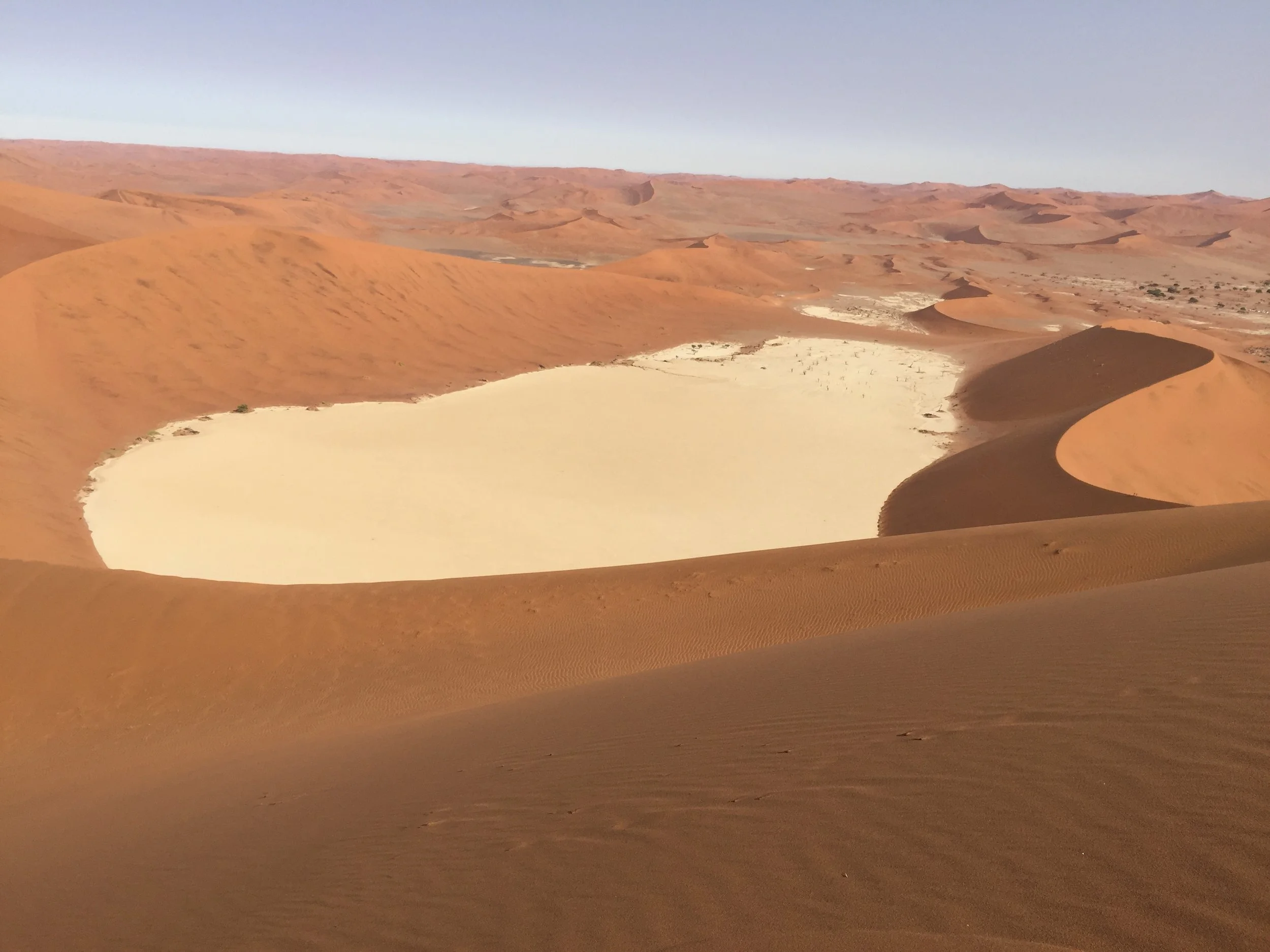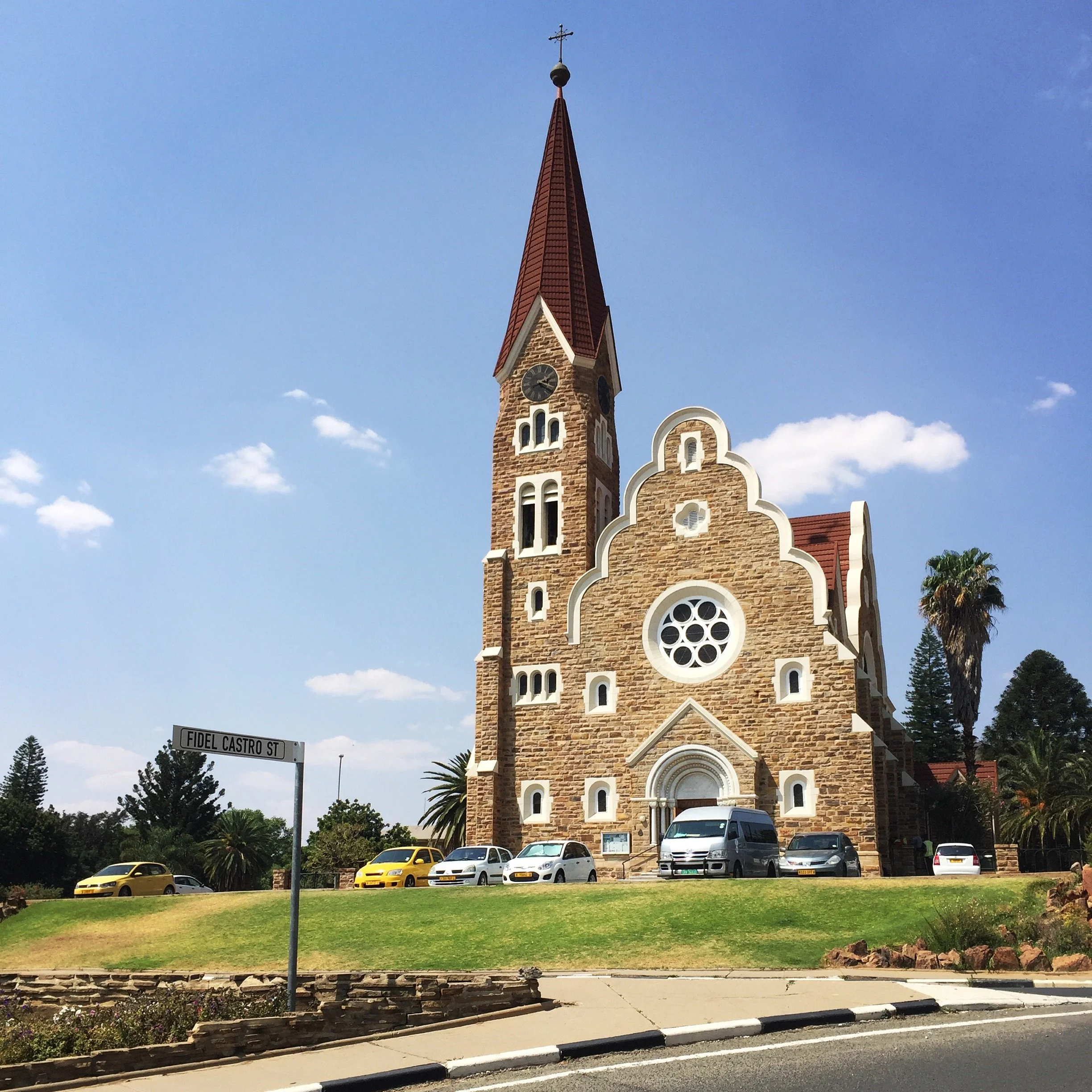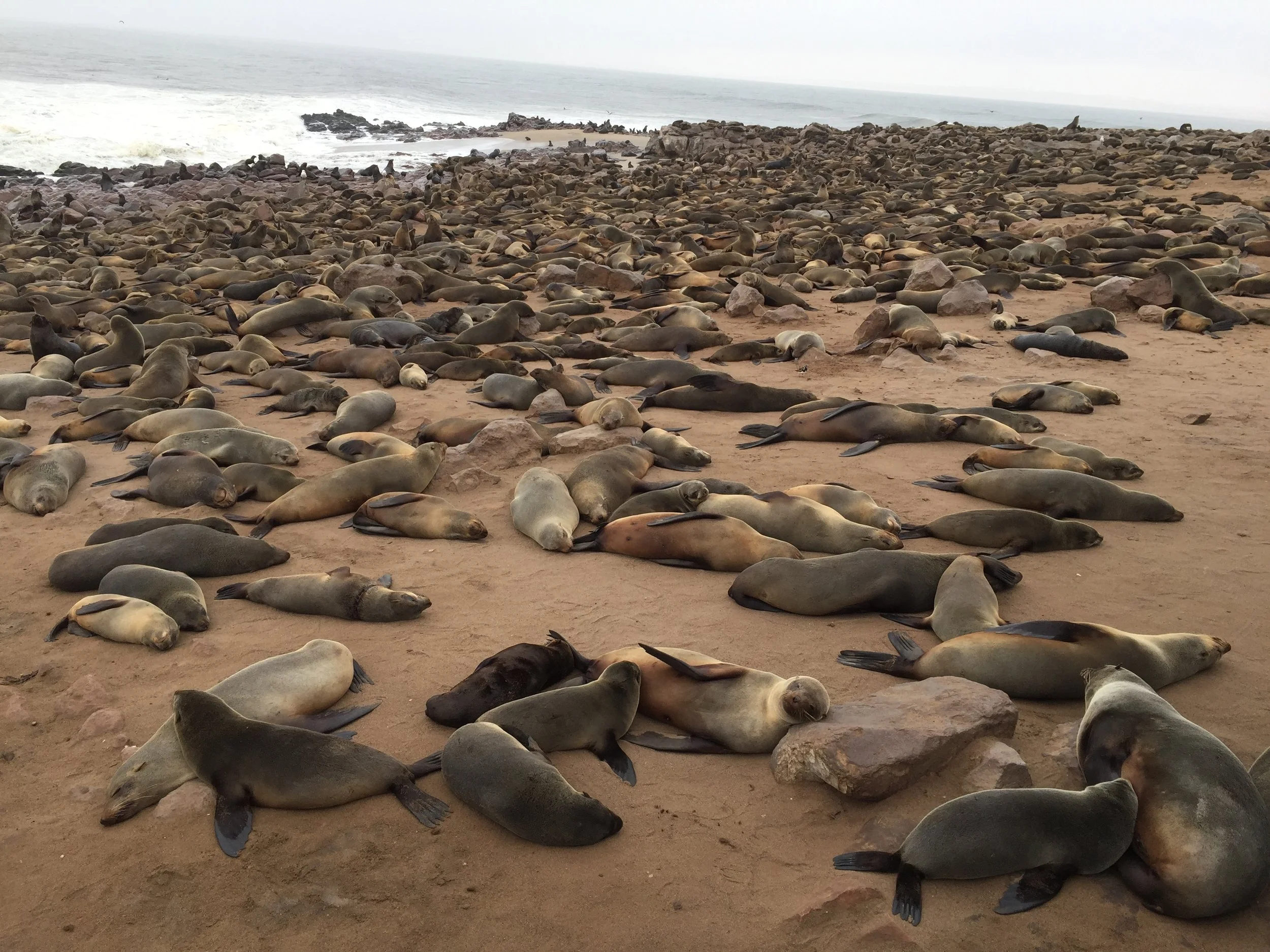Namibia, located in southwestern Africa, is a country characterized by its stunning landscapes, rich cultural heritage, and diverse wildlife. Bordered by the Atlantic Ocean to the west, Angola to the north, Botswana to the east, and South Africa to the south, Namibia boasts a variety of geographical features that range from deserts to mountains and coastal plains.
The history of Namibia is complex and marked by colonial influences. Initially inhabited by indigenous groups such as the Himba, Herero, and San people, Namibia underwent significant changes during the late 19th century with the arrival of European colonizers. After World War I, the territory came under South African administration, which extended its racial segregation policies into Namibia. It wasn't until 1990, after years of struggle led by the South West Africa People's Organization (SWAPO), that Namibia gained independence. This historical context is essential to understanding the country’s present-day identity and cultural dynamics.
Culturally, Namibia is a tapestry woven from various ethnicities and traditions. The population reflects a rich blend of influences, predominantly from the indigenous tribes and the impacts of German and Afrikaans settlers. Traditional music, dance, and crafts remain integral to Namibian culture, with many communities preserving their customs despite modernization. Highlights include the stunning beadwork of the Himba women and the vibrant festivals celebrated across the country. The capital city, Windhoek, serves as a cultural hub where contemporary galleries, theaters, and museums showcase Namibia's artistic evolution, including the National Museum of Namibia which presents the nation’s history and heritage.
Namibia is renowned for its breathtaking landscapes and diverse ecosystems. The country is home to the Namib Desert, one of the oldest deserts in the world, famous for its towering sand dunes, especially at Sossusvlei. This striking contrast of red dunes against the blue sky attracts photographers and adventurers alike. Moreover, the Etosha National Park, a wildlife sanctuary covering over 22,000 square kilometers, is an essential aspect of Namibia's natural beauty. The park houses an array of wildlife, including elephants, lions, rhinos, and numerous bird species, offering a captivating experience for tourists and ecologists.
Economically, Namibia is classified as a middle-income country, largely reliant on mining, agriculture, and tourism. Diamonds, uranium, and gold are among the country’s most significant exports, making mining a central component of its economy. However, the government has been working to diversify the economy by promoting sustainable practices in agriculture and increasing investment in the tourism sector. Eco-tourism has gained traction as more visitors seek authentic experiences that also contribute to conserving the environment and supporting local communities.
Namibia offers a unique blend of history, culture, and natural beauty. With its complex past, vibrant traditions, and stunning landscapes, the country stands as a testament to resilience and diversity. As Namibia continues to grow and evolve, it remains a fascinating destination for travelers seeking to explore both its natural wonders and its rich cultural tapestry. Whether it's the allure of the desert or the warmth of its people, Namibia captivates the hearts of all who venture into its extraordinary landscapes.



